
Against the backdrop of a rapidly evolving society, design thinking and sustainability have become the twin springs of change. Design thinking focuses on user-centered solutions, while sustainability is concerned with meeting the needs of the present without compromising the needs of future generations. The combination of the two provides new opportunities for innovation and plays a vital role in issues that concern the future of the planet.
In response to this trend, the Sino-German Branding School has created a program forSecond-year art and technology students offer elective course, Design Thinking and Sustainability, taught by instructor Sandra Groll. The course builds on design thinking methods and processes to develop a range of interdisciplinary skills, including developing, iterating and evaluating brand design for communicating products, systems, and complex services and sustainable brands. Focusing on social, ecological and economic sustainability in relation to production processes and target groups of brand design, the course introduces the different dimensions of sustainability, as well as its underlying underlying philosophical, ethical and social concepts.

Mentor Introduction

Sandra GrollSandra Groll, PhD in Sociology of Design, is a faculty member of the Department of Brand Design at the University of Branding and Applied Sciences, Germany, and has long been committed to the research and practice of design and creativity theory and talent cultivation, and has taught at the Academy of Design in Offenbach, Germany, and at the University of the Arts in Kassel, Germany.Sandra Groll has published more than 20 academic papers and monographs, and organized and participated in more than 30 important international academic forums in the field of design studies. Sandra Groll is a member of the Board of Directors of the International Council for Research in Design (BIRD) and a contributor to the annual report of the German iF Design Foundation.
Course content
The course is divided into 8 modules, which train the design thinking process through 8 weeks, includingEmpathy, Define, Conceptualize, Prototype, Test, Feedbackand other sessions. The UN's 17 Sustainable Development Goals (SDGs) were introduced into the classroom and students were required to choose specific scenarios for their program design based on the SDGs of interest.
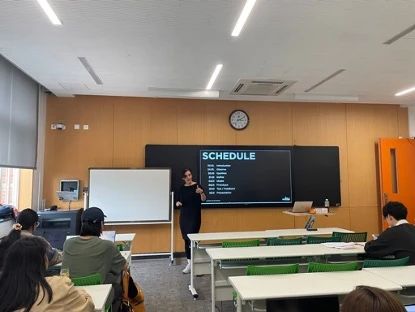

In the process, students need to understandThe concept of stakeholdersIn the final presentation, Ms. Sandra Groll explained the concepts and requirements of the proposal and provided one-on-one coaching to the students during the process.
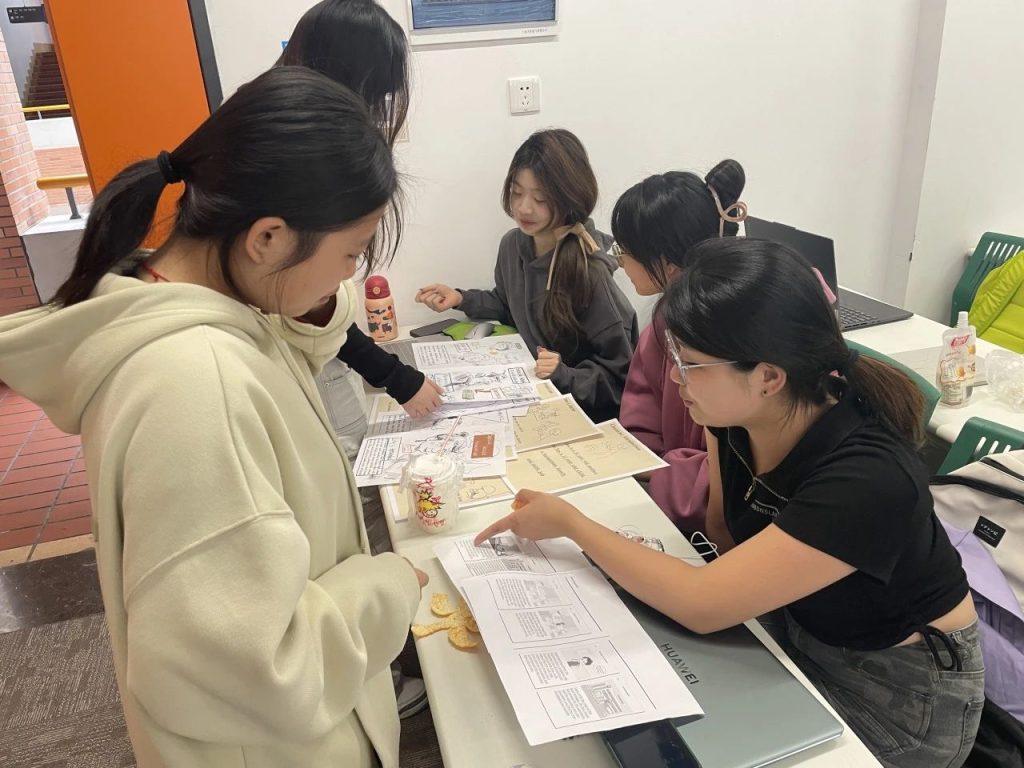
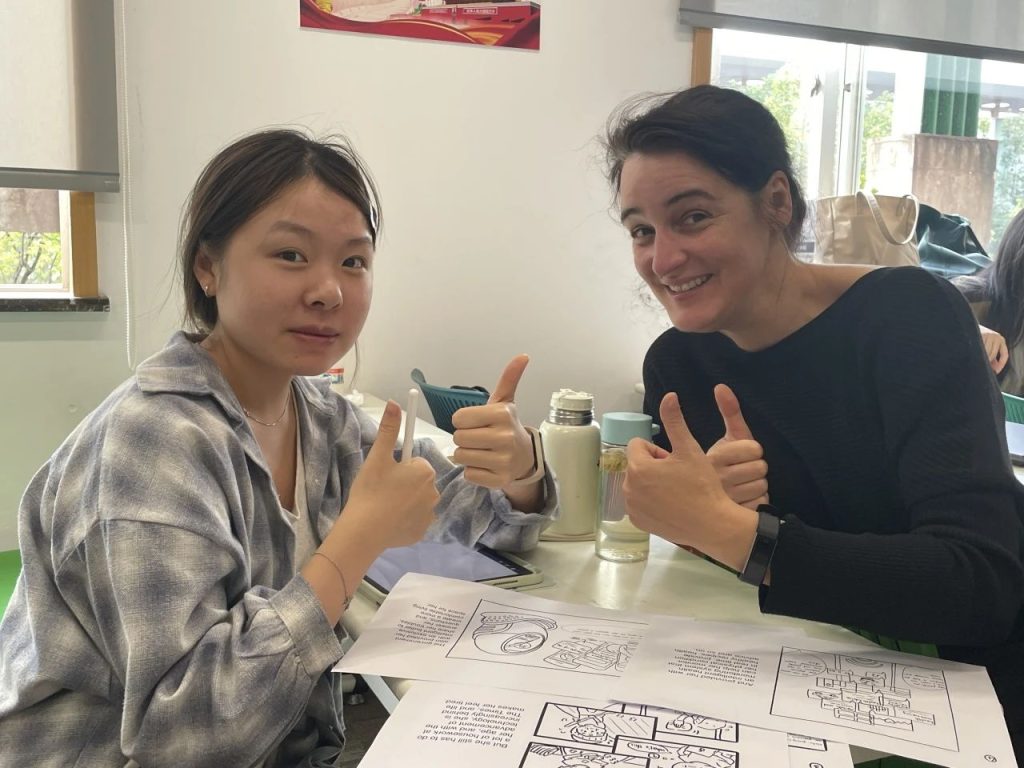
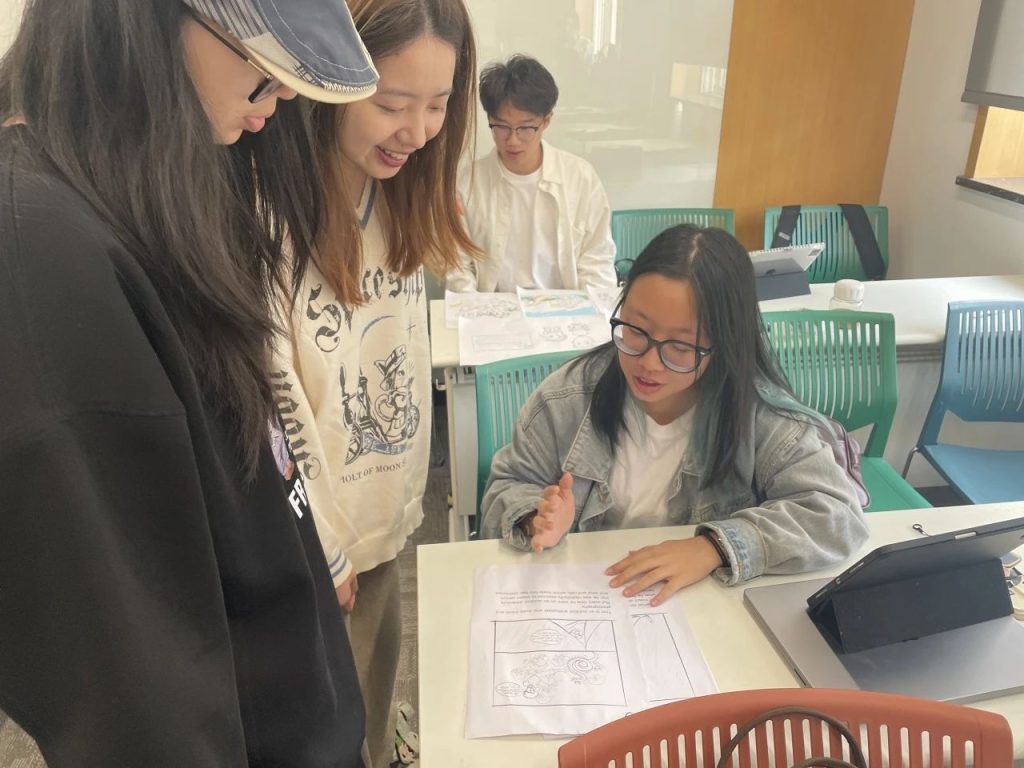
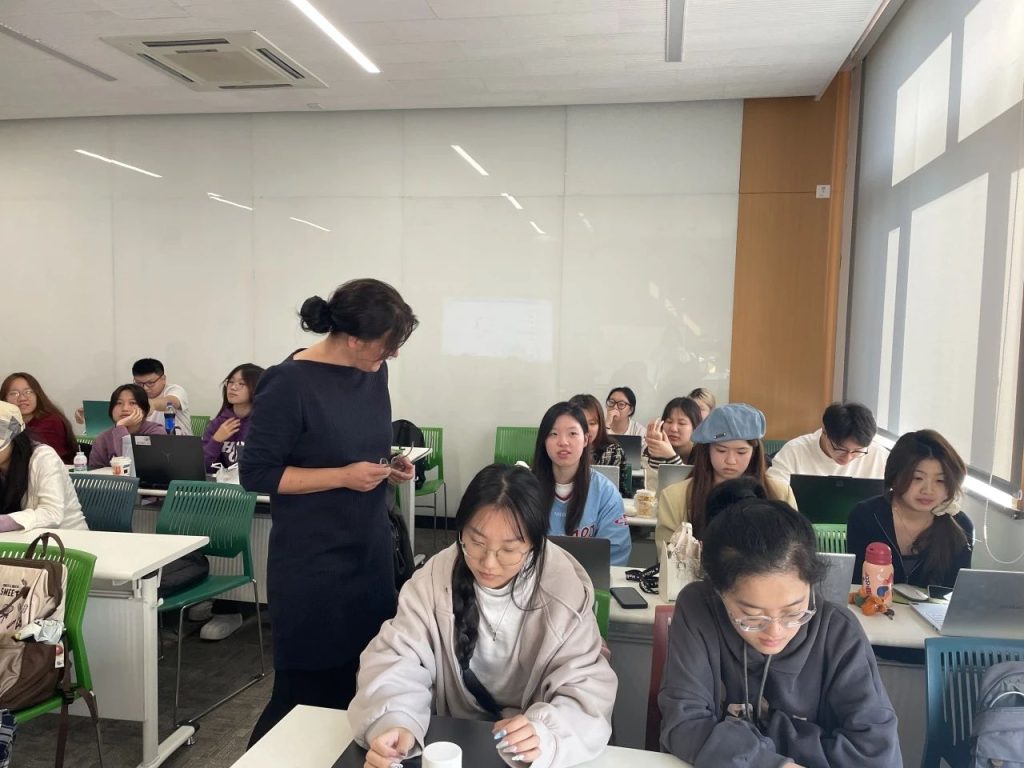
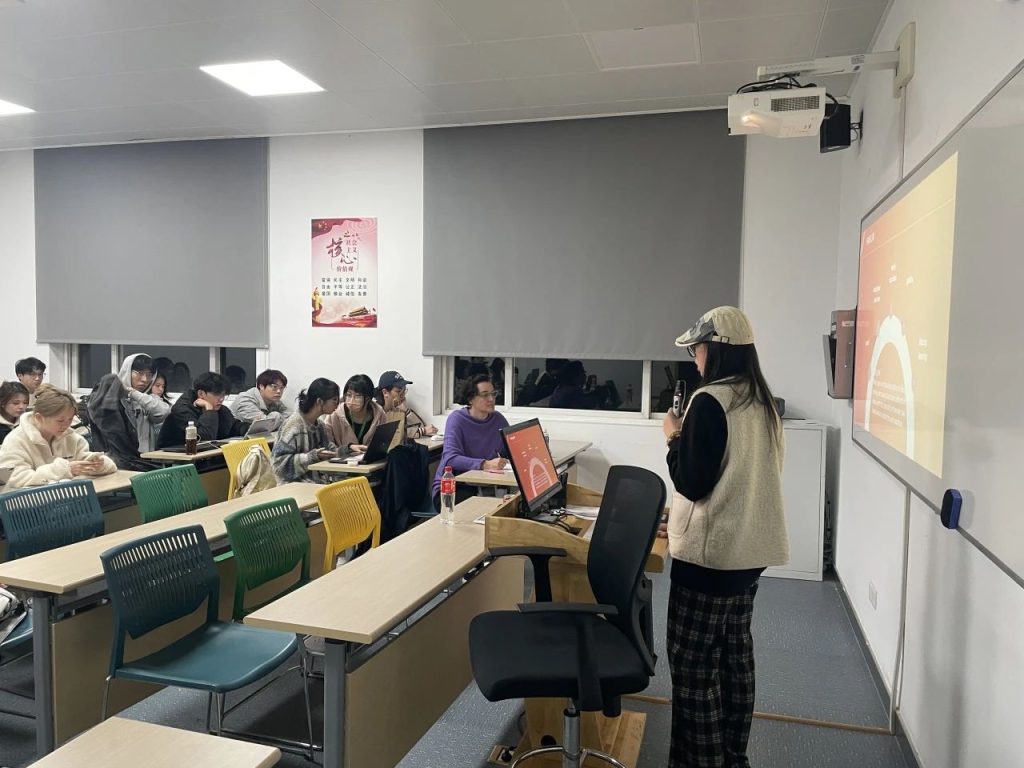
Student Outcomes & Evaluation
Art 22A1 Shu-Tung Liu
Topic:Third Eye Bracelet
Works::The United Nations Sustainable Development Goal I have chosen is good health and well-being. Understanding this goal, the question I would like to address is "how to prevent sexual assault" because I believe that physical freedom from assault is part of health and that this issue needs urgent attention. My solution is"Third Eye" Smart Bracelet. The bracelet can monitor the behavior of people around and alert the owner of the danger level by displaying different colors. In case of danger, the owner of the bracelet can choose to call the police with one button or shout for help. I think this smart bracelet can prevent people from being violated to some extent.
Course Evaluation:The Design Thinking and Sustainability class has been very rewarding for me. The first class made me realize that design is not only about aesthetics and practicality, but also about using empathy to solve problems. The teacher gave us 17 UN Sustainable Development Goals (SDGs) as problems to be solved, and we worked in groups of three to design solutions based on the selected problems. Throughout the process, we needed to understand and refine the SDGs to come up with three more specific problems. Based on this, we continued to discuss and collaborate to come up with three solutions involving product design, modeling, etc. At the end, we also conducted stakeholder analysis and user profile creation. The instructor gave us guidance and helped us understand the problem and refine the solution in every session. After the course, I learned more about design-related thinking and how I as a designer can create designs that can solve social problems.
Arts (Chinese-German 2+2) 22A1 Nie Haoran
Topic:Rose of No Man's Land
Work description:I mainly focus on the sustainable development goal of "industry, innovation and infrastructure", and use the exhibition model to guide people to have a correct view of both genders. As we all know, patriarchy has been the dominant social concept for a long time, how can we guide people who think this way to establish the right concept? In this regard, I have added a lot of elements that promote gender equality in the exhibition I designed, such as the appearance of independent women in different periods of time, from ancient times to the present, from inside to outside, from the empress Wu Zetian, Ms. COCO CHANEL, and more independent women in the present stage, in the hope that those who have patriarchal ideas will have a change of mindset after viewing the exhibition. During the exhibition, I also plan to invite women who have been affected by patriarchal thinking to give talks, and I will also show the benefits of gender equality. I plan to use a small-scale mobile exhibition, which is not only convenient and quick to publicize, but also more convenient and practical as it can be displayed in some parks and squares.
Course Evaluation:Design Thinking and Sustainability was a very thought-provoking course. At first the teacher asked us to choose what we wanted to achieve among the 17 UN Sustainable Development Goals (SDGs), and we each worked in groups and chose our favorite topics for a series of thinking and exploration. It was a good training for us to think about what we wanted to do, why we wanted to do it, what problems we should solve, and based on the results of this series of inquiry, to complete our final design. In each class, the teacher will guide us to have a multi-dimensional exploration and will give us a lot of suggestions for the stage-by-stage solutions we have completed. Through this class, I realized that not all designs are good for the sustainability of the world.For the sake of human progress and development, we need to take sustainability into account in our design.
Art 22A1 Jin Xuan
Topic:Micro Clean Air
Work description:Of the seventeen United Nations development goals, I chose "industry, innovation and infrastructure". My idea was to design a microbial air purifier that utilizes microbial technology to make indoor air cleaner. Inside the product, I designed a special filter that can hold various microorganisms such as bacteria and fungi, and the user can change the cartridge regularly. In addition, the user can realize the monitoring function by using sensors to see the activity of microorganisms. This product is innovative because it uses very new technology, it can also be used in industrial sites and buildings, and it reduces the use of chemicals, which is good for sustainability.
Course Evaluation:The Design Thinking and Sustainability class was very interesting as Ms. Sandra Groll had us choose one of the seventeen United Nations Development Goals to design step by step. We analyzed the problem to come up with creative ideas to solve it from different perspectives. The overall course was taught according to the steps of Design Thinking, which are Introduction, Observation, Empathy, Definition, Innovation, Prototyping, Testing and Feedback, and Presentation, and this approach allowed us to better complete our final work and better understand the nature and application of Design Thinking. In addition, through group activities using miro boards, mind maps and story boards, we had full discussions and developed our thinking. All in all, I have learned a lot from this class.It made me realize that I can use design thinking to solve problems and understand the importance of design thinking.
